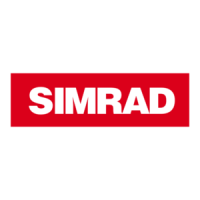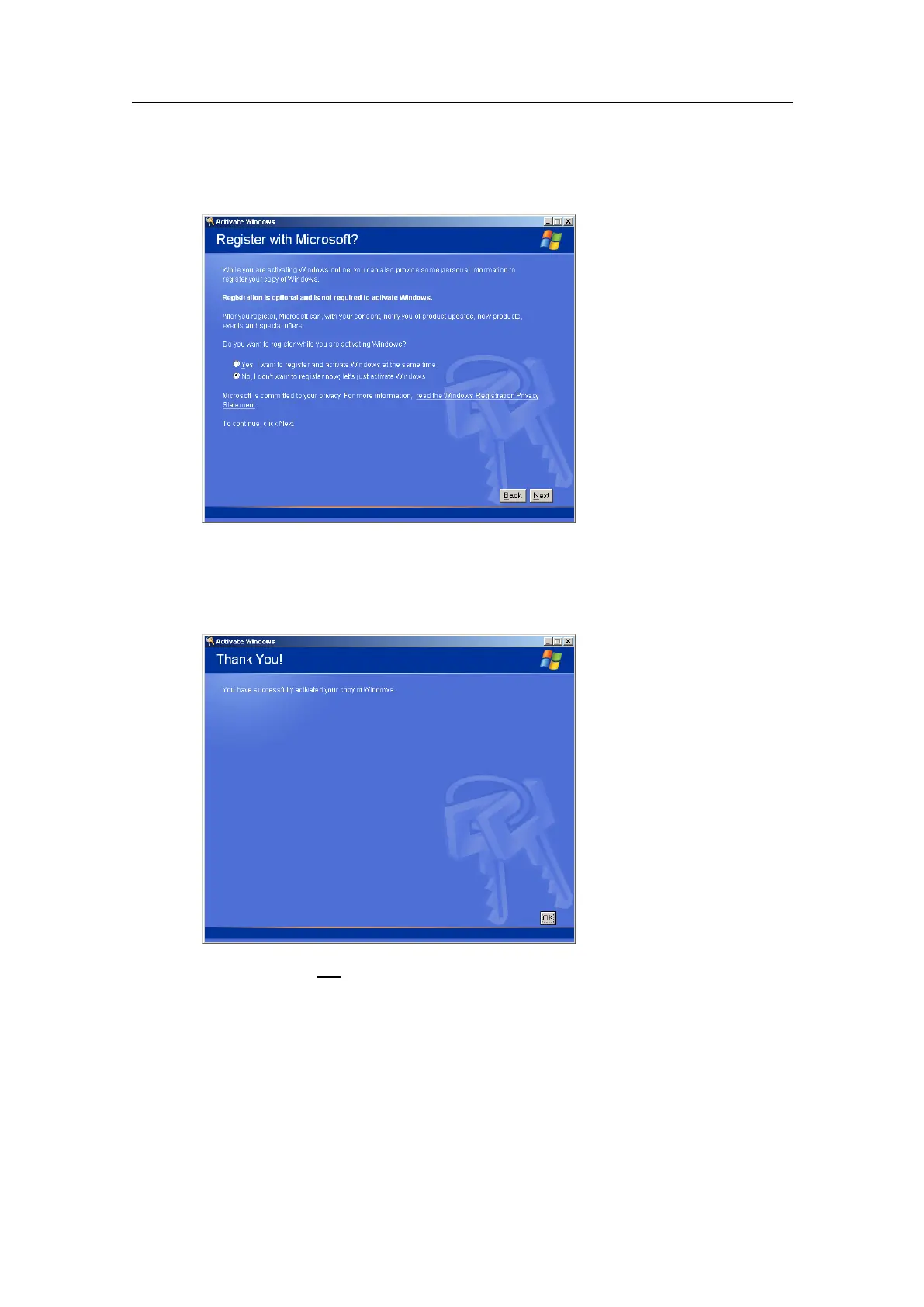SimradSU90
cObservethefollowingdialog:
dClickNo,Idon'twanttoregisternow....
eClickNext.
fObservethefollowingdialog:
15IfyourcomputerisnotconnectedtotheInternet.
aClickY es,Iwanttotelephoneacustomerservicerepresentative....
bClickNext.
216
381293/A

